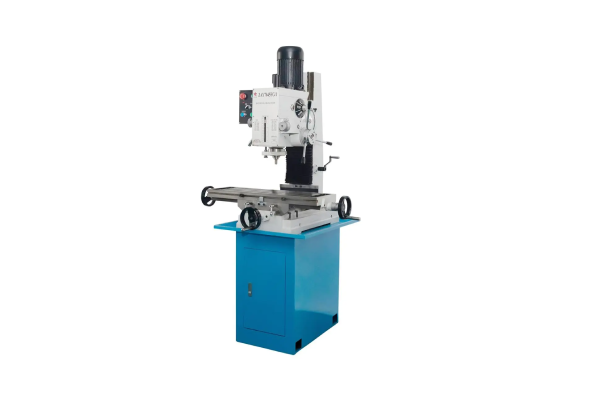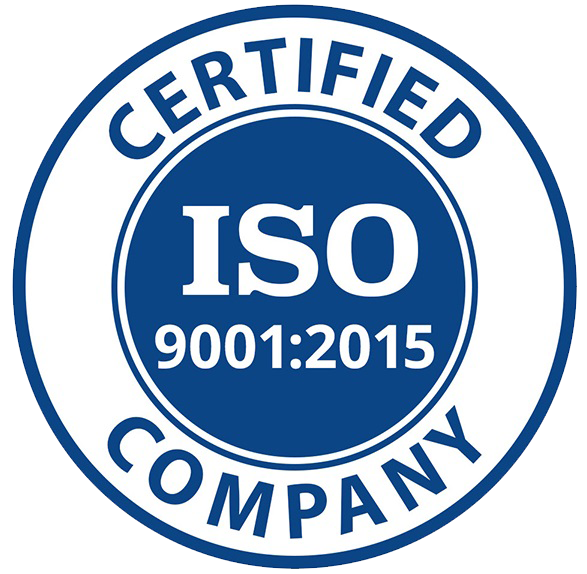
Introduction:
One of the trickiest machining operations is drilling. It involves using drills or other drilling techniques to bore holes in materials precisely. Adhering to recommended practices that guarantee increased accuracy is crucial if you want the greatest outcomes. This blog will cover the basic ideas of precision drilling and provide helpful tips on improving drilling accuracy.
When you choose the proper drill with suitable geometry, you may improve accuracy and achieve better outcomes from your drilling operations.
Four Standard Drilling Techniques:
Drilling
The most popular technique for making holes is drilling. An axial force is applied to pierce the material as a drill bit is rotated. The chosen hole size and the material to be drilled are taken into consideration when selecting the drill bit. Drilling machine Manufacturer in Rajkot and India guarantees accuracy and effectiveness with a wide range of drilling machines and drill bits appropriate for different uses. The drill bit usually contains two cutting edges and flutes to make chip removal easier.
Step Drilling
Step drilling is the process of making holes of various sizes in a single operation by utilizing a drill bit of numerous diameters. This technique is handy when drilling a hole gradually or switching between different hole sizes. Variations of step drills with exceptional durability and precision are available in the market, making them perfect for a range of applications. A twist drill can be used to grind two or more diameters to create a hole with graduated diameters.
Chamfer Drilling
The process of "chamfer drilling" involves simultaneously drilling and chamfering. During drilling, a chamfer or bevelled edge is made around the hole. This technique is frequently used to guarantee correct alignment for other procedures and enhances hole quality.
Trepanning
A drilling technique called trepanning is used to make bigger holes. A solid disk-shaped portion is cut out of the material, leaving a hole in its wake. This method is frequently employed in the aerospace and automobile industries, among others, where large-diameter holes are necessary. Advanced trepanning instruments are made to produce precise and reliable outcomes.
Procedure for Drilling Operation:
It is essential to adhere to a systematic operation process to guarantee precision and effectiveness during the drilling process. The critical phases in precision drilling are outlined in the following steps:
- Tool Selection
Based on the material, hole size, and required precision, select the right drill bit or drilling technique. With the wide selection of drilling machines, you can be sure to discover the ideal instrument for your needs.
- Cutting Parameters
The material to be drilled and the drill bit's specifications determine the cutting parameters, which include feed rate and spindle speed. These specifications guarantee effective material removal and guard against tool wear and breakage.
- Coolant Application
Depending on the material being drilled, a coolant or lubricant may be used to minimize heat and friction, extend tool life, and enhance hole quality. Coolant-through drills guarantee effective cooling and chip evacuation.
- Inspection of the Hole
The drilled hole's precision, size, and surface polish should be examined. If one of the tools breaks, we may replace it with the other and carry out any necessary rework or changes. Keep a close eye on the procedure to make sure the drill is always positioned perpendicular to the workpiece.
Consider the subsequent advice and methods to attain improved drilling precision:
- Measurement and Inspection: Regular maintenance and inspections ensure that your milling and drilling machines are in good working order. Replace worn-out drill bits and look for damage that can compromise precision. To guarantee that the drilled holes fulfil the required requirements, check and measure them regularly. This allows you to make any necessary alterations or corrections quickly.
- Workpiece Stability Firmly fasten the workpiece to prevent it from moving or vibrating while drilling. This reduces variations brought on by workpiece changes and helps maintain accurate hole placement. Choose a solid and rigid drilling arrangement to reduce any deflection or movement of the drilling machine or workpiece. Sturdy drilling equipment, inflexible work-holding mechanisms, and suitable support structures can all help achieve this.
- Operator Skill and Training: Give operators the right instructions so they can use cutting tools and drill procedures. Expert operators are able to maximize drilling settings, keep a close eye on the procedure, and make necessary adjustments for increased precision. A drilling handbook is a thorough manual that gives operators the know-how and abilities they need to guarantee accurate and productive drilling operations.
Conclusion
Mastering precision in drilling machine operation is essential for achieving high-quality results in manufacturing and DIY projects. By following the best practices outlined in this guide, you can achieve extraordinary results and enhance the efficiency of your operations. Pick the correct drilling technique and follow a methodical procedure for drilling operations. To further improve accuracy, add maintenance schedules and make investments in stability-boosting strategies.
Having implemented these steps, you can take the initial step toward attaining precision drilling and opening up new accuracy possibilities for your business. Remember to prioritize safety, invest in quality equipment from reputable manufacturers like Shital Machines, and continuously strive to improve your drilling practices.


